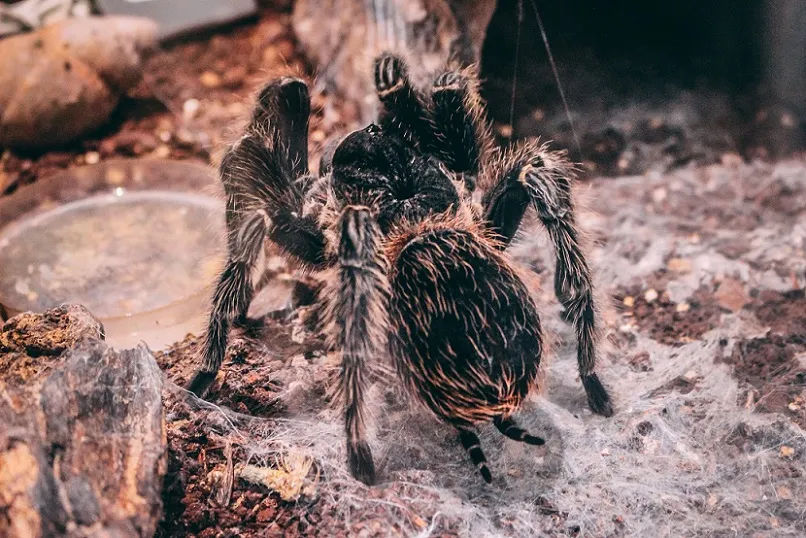What Is a P Machala Tarantula
The Pamphobeteus machala , often referred to simply as the P Machala tarantula, is a captivating and increasingly popular pet among tarantula enthusiasts. This New World tarantula species is known for its striking appearance, with vibrant colors and a relatively docile temperament compared to some other species. Originating from Ecuador, the P Machala tarantula offers a fascinating glimpse into the world of arachnids, and proper care is essential to ensure its health and well-being. This care sheet will provide comprehensive guidance to help you understand and successfully care for your P Machala tarantula.
Origin and Habitat of P Machala
Understanding the natural habitat of the P Machala tarantula is crucial for providing the best possible care. In the wild, these tarantulas are native to the tropical rainforests of Ecuador. They are terrestrial spiders, meaning they spend the majority of their time on the ground, often burrowing or seeking shelter under rocks, logs, or leaf litter. The climate in their native environment is typically warm and humid, with consistent temperatures and high humidity levels. Replicating these conditions in captivity is paramount for the health and longevity of your P Machala tarantula.
Understanding the P Machala’s Environment
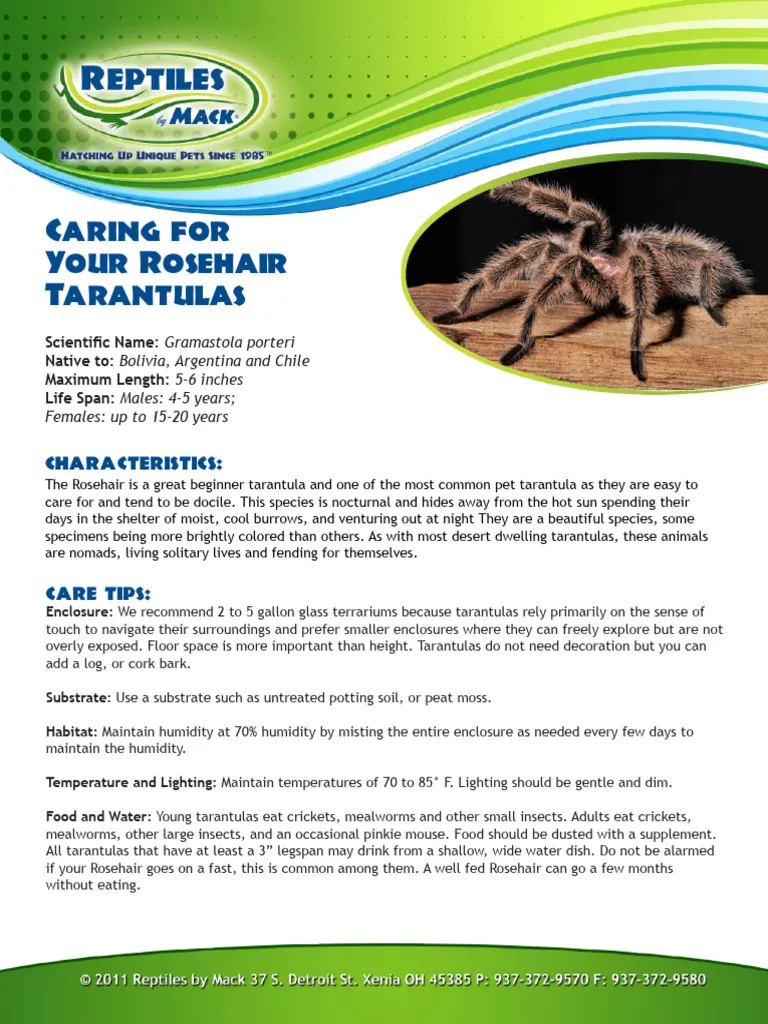
The P Machala tarantula, like all tarantulas, is an ambush predator. They are well-adapted to their environment, using their sensory organs to detect prey. Understanding their habits is important, such as their tendency to hide during the day and become more active at night. In captivity, creating an environment that mimics these natural behaviors is key. This includes providing a secure enclosure, appropriate substrate, and hiding places where the tarantula can feel safe and secure, thus reducing stress and promoting healthy behaviors. Creating a suitable habitat promotes their natural behaviors.
Top 5 Secrets to P Machala Care
Secret 1: The Right Enclosure
The enclosure is the cornerstone of your P Machala tarantula’s well-being. It must be appropriately sized, secure, and provide the right environment for the spider to thrive. A well-designed enclosure ensures the tarantula feels safe, secure, and has the space it needs to live comfortably. An improperly sized enclosure can lead to stress, which can affect its health, feeding habits, and overall behavior. Choose an enclosure that is suitable for the adult size of your tarantula, considering its leg span, and avoid enclosures that are too large or too small.
Enclosure Size and Material
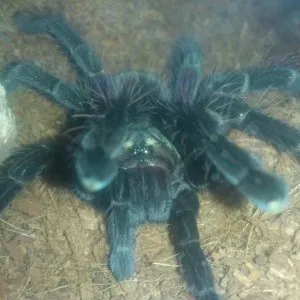
The size of the enclosure should be approximately 2-3 times the tarantula’s leg span in length and width. The height doesn’t need to be significant as this species is terrestrial. Glass or acrylic enclosures are suitable options, but ensure they have a secure lid to prevent escapes. Make sure the enclosure has proper ventilation, but avoid designs that allow for excessive airflow, which could lead to a drop in humidity. Ensure the enclosure is easy to clean and maintain, with good visibility, so you can observe your tarantula.
Substrate Selection and Depth
The substrate should be at least 4-6 inches deep to allow the tarantula to burrow if it chooses. Excellent choices include a mix of coconut fiber, peat moss, and a small amount of vermiculite. These substrates help retain humidity while providing a natural environment for the tarantula. Avoid substrates with sharp particles that could injure the tarantula. It’s also advisable to provide a hide, such as a piece of cork bark or a hollow log, where the tarantula can retreat and feel secure.
Secret 2: Maintaining Ideal Humidity
Humidity plays a critical role in the health and well-being of your P Machala tarantula. This species originates from a humid environment, so replicating this is important. Incorrect humidity levels can lead to dehydration, molting problems, and even death. Regularly monitoring and adjusting the humidity levels is an essential aspect of caring for a P Machala.
Measuring Humidity Levels
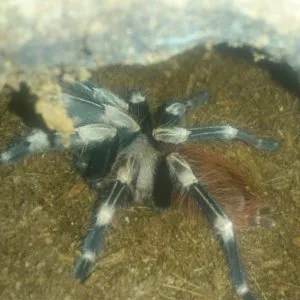
Use a hygrometer to measure the humidity levels inside the enclosure. Digital hygrometers are more accurate and easier to read. The ideal humidity range for a P Machala tarantula is between 70% and 80%. Place the hygrometer in a location where you can easily see the reading. Monitor the humidity daily to ensure it stays within the optimal range. Sudden fluctuations or sustained low humidity can be detrimental to the tarantula’s health.
Methods for Humidity Control
Achieving the right humidity requires a combination of substrate, ventilation, and regular misting. Use a substrate that retains moisture. Mist the enclosure with dechlorinated or bottled water, usually once or twice a week, depending on the humidity levels. Avoid misting the tarantula directly. Provide a water dish filled with fresh water at all times. Adjust the ventilation to balance humidity and airflow; too much ventilation can decrease humidity, and too little can cause mold. Adjusting these factors will assist you to maintaining the ideal humidity levels.
Secret 3: Proper Temperature Regulation
Temperature is another crucial factor in caring for your P Machala tarantula. They thrive in a specific temperature range, and maintaining this is essential for their metabolism, feeding habits, and overall health. Too high or too low temperatures can stress the tarantula, leading to various health issues. Consistent temperatures are just as important as the actual degree reading.
Ideal Temperature Range

The ideal temperature range for a P Machala tarantula is between 75°F and 85°F (24°C and 29°C). Maintain a consistent temperature, avoiding drastic fluctuations. Temperatures outside this range can negatively affect the tarantula. Use a thermometer to monitor the temperature inside the enclosure. Place the thermometer in a position where you can easily view the reading.
Heating Methods and Safety
If necessary, use a heat source to maintain the ideal temperature. Under-tank heaters (UTHs) are a safe and effective option. Place the UTH on the side of the enclosure, not directly underneath, to prevent the substrate from drying out excessively. Always use a thermostat to regulate the temperature and prevent overheating. Avoid using heat lamps, as they can dry out the enclosure and potentially harm the tarantula. Always prioritize safety and monitor the temperature regularly.
Secret 4: Feeding Your P Machala
Feeding your P Machala tarantula correctly is essential for its growth and well-being. A proper diet and feeding schedule will ensure that your tarantula receives the necessary nutrients. Overfeeding can lead to health problems, while underfeeding can stunt growth. Understanding what to feed your tarantula and how often is vital for its care.
Appropriate Food Sources
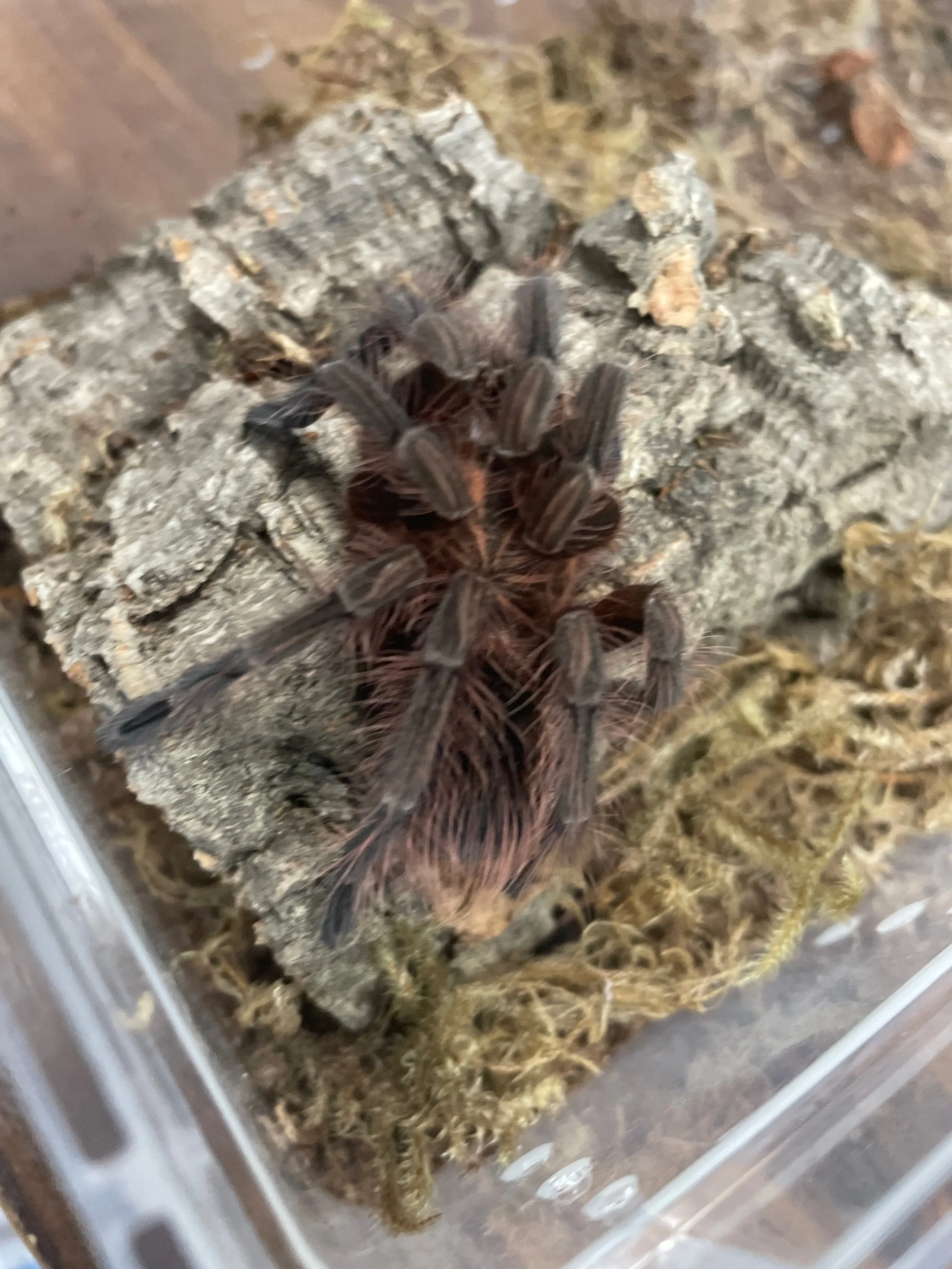
P Machala tarantulas are insectivores. Their diet should primarily consist of insects, such as crickets, roaches, mealworms, and superworms. Ensure the insects are gut-loaded with nutritious food for 24 hours before feeding them to your tarantula. Gut-loading ensures that the insects are packed with vitamins and minerals, which the tarantula will consume. Avoid feeding wild-caught insects, as they may carry pesticides or parasites.
Feeding Frequency and Portion Sizes
The feeding frequency depends on the tarantula’s size and age. Spiderlings should be fed 2-3 times a week, while juveniles and adults can be fed once or twice a week. Offer an appropriate number of insects, usually 1-2 insects per feeding, depending on the size of the tarantula. Remove any uneaten insects within 24 hours to prevent them from stressing the tarantula. Adjust the feeding schedule based on the tarantula’s appetite and condition; a well-fed tarantula will have a rounded abdomen.
Secret 5: Handling and Safety
Handling a P Machala tarantula should be approached with caution, as even though they are relatively docile, they can still bite if they feel threatened. Bites from tarantulas are not usually life-threatening to humans, but they can be painful. Always prioritize the tarantula’s well-being and avoid unnecessary handling. Understanding how to minimize risks is important.
Minimizing Risks during Handling
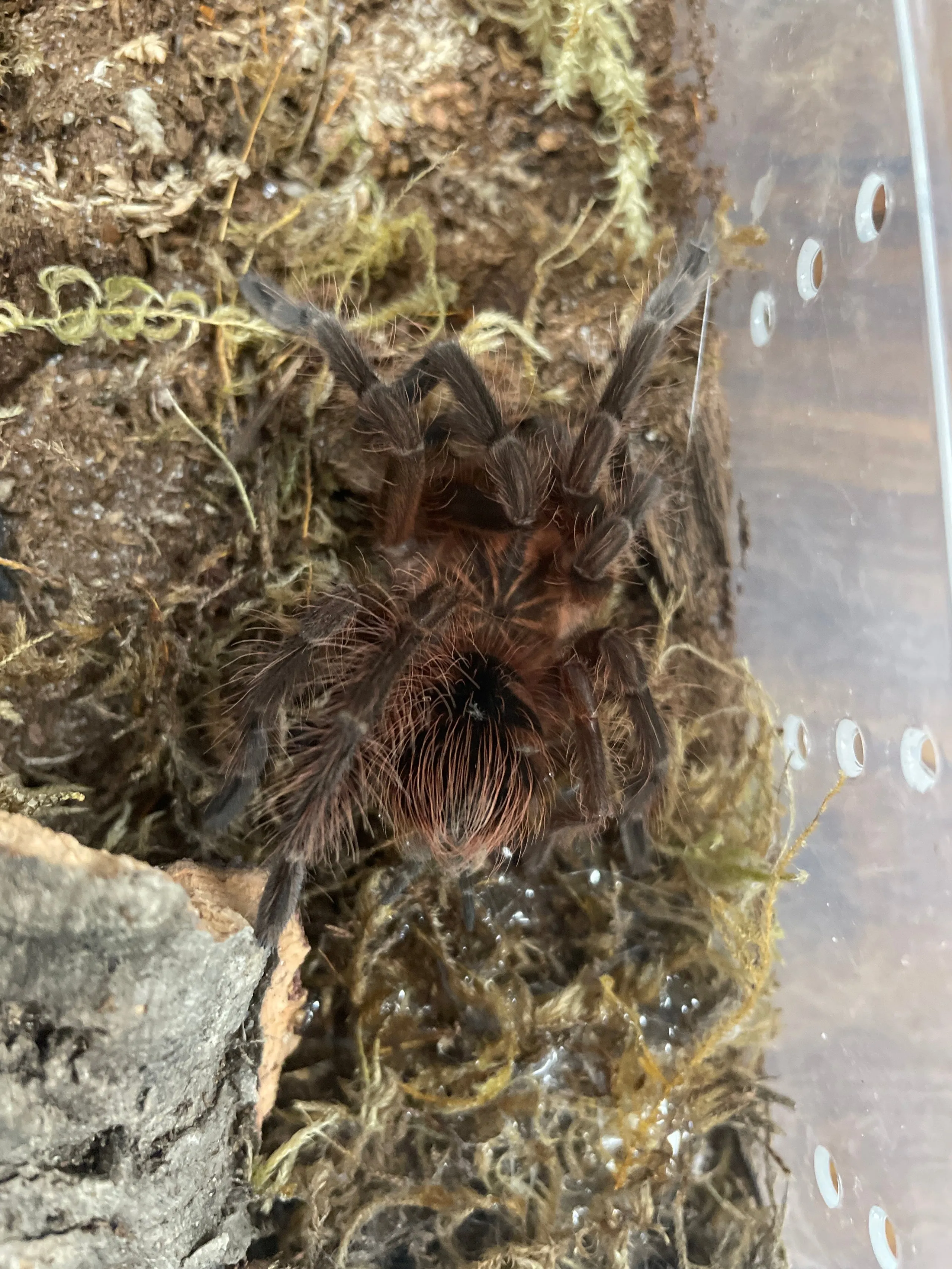
If you choose to handle your tarantula, do so over a soft surface, such as a bed or a carpet, in case it falls. Avoid sudden movements, and always be gentle. Never handle a tarantula if it is about to molt, as they are particularly vulnerable during this period. Wash your hands thoroughly before and after handling, and avoid using scented soaps or lotions, as they can be irritating to the tarantula. Consider wearing gloves, and always supervise children when they are near the tarantula or its enclosure.
Recognizing Stress Signals
Learn to recognize signs of stress in your tarantula. These include defensive postures, such as raising its front legs or presenting its fangs. A tarantula that is consistently hiding or refusing to eat may also be stressed. If your tarantula displays these behaviors, it is best to leave it alone and reassess its environment to ensure its needs are met. Observe the tarantula’s behavior regularly to identify any changes.
Common P Machala Health Issues
Like all pets, P Machala tarantulas can experience health issues. The most common problems are often related to improper husbandry, such as incorrect humidity, temperature, or diet. Knowing how to identify and address these issues early is crucial for your tarantula’s health and longevity. Proper care helps in preventing many common health issues.
Identifying and Addressing Common Problems
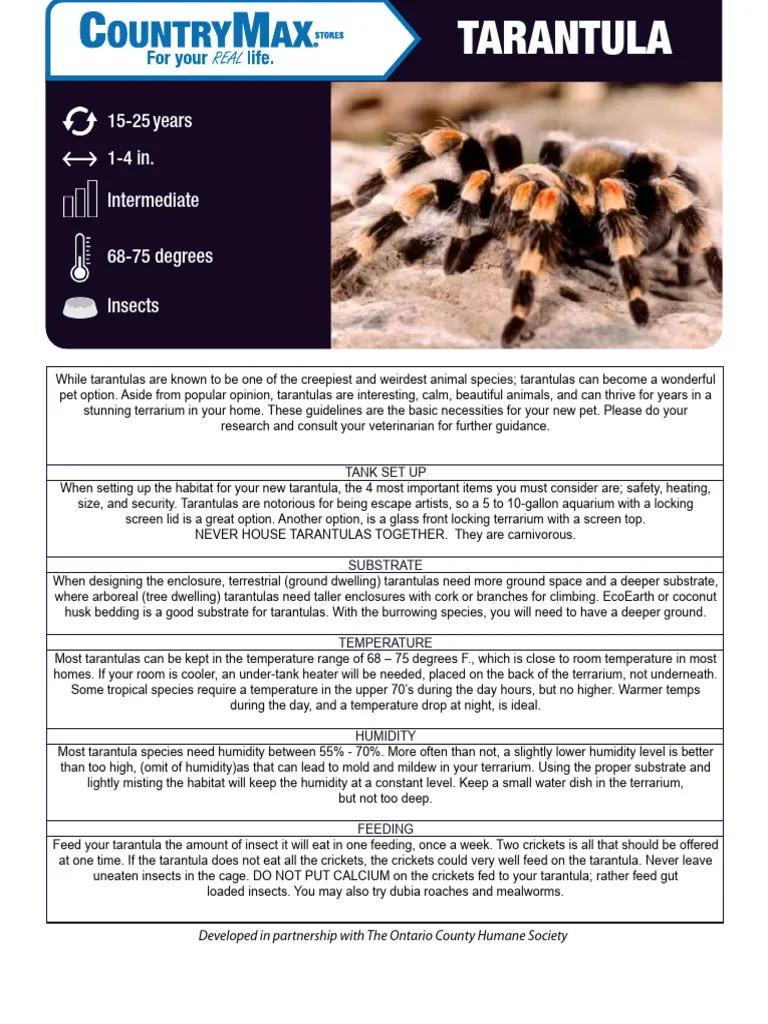
Common health problems include dehydration, molting issues, and parasitic infestations. Dehydration can be caused by low humidity, while molting issues can result from poor humidity or insufficient space. Parasites can be introduced through live prey or contaminated substrate. If you suspect a health problem, consult with a veterinarian experienced in exotic animals or a knowledgeable tarantula breeder. Act quickly; early intervention often prevents the issue from becoming serious.
Importance of Regular Observation
Regular observation of your P Machala tarantula is key to identifying any potential health problems early. Observe its behavior, feeding habits, and physical appearance. Look for any changes in behavior, such as lethargy, loss of appetite, or unusual postures. Examine its abdomen for any signs of dehydration or parasites. Regular observation allows you to respond quickly to any issues. The more you observe your tarantula, the more familiar you become with its normal behavior, making it easier to spot any deviations that could indicate a health problem. Early detection significantly improves the chances of a successful treatment and a healthy tarantula.
Conclusion
Caring for a P Machala tarantula can be a rewarding experience, but it requires commitment, knowledge, and attention to detail. By following the top 5 secrets outlined in this care sheet and consistently monitoring your tarantula’s environment and behavior, you can ensure that your pet thrives. Remember that proper enclosure, humidity, temperature, feeding, and safe handling are fundamental to their well-being. With the right care, your P Machala tarantula can provide years of fascination and enjoyment. Always be prepared to learn more and adapt your care based on your tarantula’s specific needs. Enjoy the rewarding journey of owning this amazing creature.
